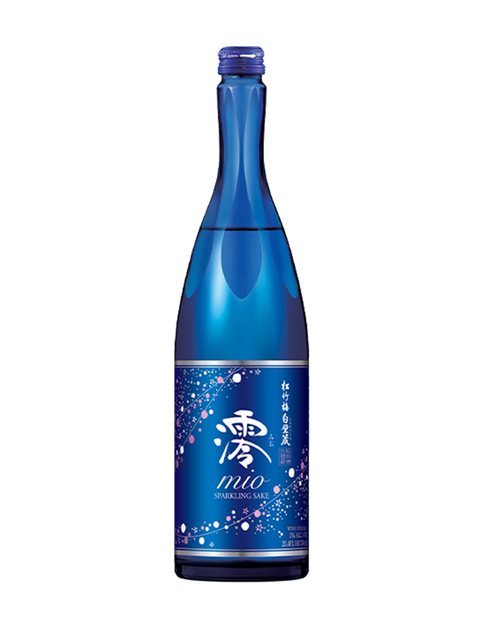
Mio Sparkling Sake 720ml
Metro Manila, Los Banos, Silang, North Cavite, Bulacan, Taytay, Cainta, Antipolo, Lipa (+4 days), Tabuk (+4 days), Naga (+4 days), Baliuag (+4 days), Iloilo City (+4 days), Tagudin (+4 days), San Pablo (+4 days), Malolos (+4 days), Batangas City (+4 days), Puerto Princessa (+4 days), Boracay (+4 days), Kalibo / Aklan (+4 days), Sorsogon (+4 days), Daet (+4 days), General Santos (+4 days), Cebu (+4 days), Zamboanga City (+4 days), Dipolog (+4 days), Bacolod (+4 days), Panglao (+4 days), Tagaytay (+4 days), Vigan (+4 days), Bauang (+4 days), Cagayan de Oro (+4 days), Ozamiz (+4 days), Tagbilaran (+4 days), Lapu Lapu (+4 days), Mandaue (+4 days), Tabaco (+4 days), Laoag (+4 days), San Fernando (+4 days), Candon (+4 days), Agoo (+4 days), Baguio City (+4 days), Angeles (+4 days), Legazpi (+4 days), Pangasinan (+4 days), Subic / Olongapo (+4 days), Dumaguete (+4 days), Tacloban (+4 days), Tarlac (+4 days), Davao (+4 days), Tuguegarao (+6 days), Nationwide (+7 days)
Takara's Shochikubai Shirakabegura Mio (澪) Sparkling Sake is made of only rice, kōji, and water. It is uniquely refreshing, fruity, and balanced with crisp acidity. The character 澪 (mio) evokes images of the delicate foam emerging in a ship's wake, this sparkling sake is a light refresher representing a new wave of Japanese sake.
Tasting Notes: Sparkling and subtly sweet with crisp acidity. Lively aromas of grape and ripe pear rise out of the light effervescence which presents the palate with a gentle sweetness paired with refreshing acidity. A clean finish with a slightly puckering acidity brings to mind the sensation of drinking sparkling white wine.
Best consumed chilled to approximately 10°C in a wine glass or heated to 40°C to enjoy how the warmth adds body, subtly brings out its acidity, and gives it a slightly more pronounced aroma and expanded fragrance.
Food Pairing: An excellent match with lightly seasoned foods and sashimi.
ABV: 5% / SMV: -70 / Rice Variety: Rice (harvested in Japan), Rice koji (made from rice harvested in Japan) Contains carbon dioxide / Origin: Nada, Hyogo, Japan
